|
The walk up to the West Point Inn in the spring will reward you with an abundance of wildflower sightings. And once you get to the top the view is spectacular!
0 Comments
I made this design just so I could say eucalypti! This one is a mixture of two different types of eucalyptus tree parts.
In the 1850s, Eucalyptus trees were introduced to California by Australians during the California Gold Rush and became America's Largest Weed. Eucalyptus corymbia ficifolia or Red Flowering Gum makes up the center circle in the spectacularly colored buds, and the leaves and partially opened buds are like the clanger of the bell shape. The quite common leaves and small blossoms of Eucalyptus Globulus or Blue Gum Tree grace the corner frames. This one is made just from 2 parts. The leaves and the amazing orange flowers. About Aloe arborescens (krantz aloe, candelabra aloe) Over 500 species are accepted in the genus Aloe, and I think I have properly named this one. It is endemic to the south eastern part of Southern Africa.
Medicinal Uses In a lab study conducted by Jia et al., wounds were induced in rat and rabbit test subjects and pulp from Aloe arborescens was applied to the wounds.[7] Results showed that healing rates were improved in wounds addressed with Aloe arborescens. Source Wikipedia Tulip Magnolia Petals This is the same petal photographed each way. The petal is still folded over as if to reveal yet another beauty secret. Speaking of beauty secret, here's yet another. About MagnoliasMagnolia liliiflora (variously known by many names, including Mulan magnolia, Purple magnolia, Red magnolia, Lily magnolia, Tulip magnolia, Jane magnolia and Woody-orchid) is a small tree native to southwest China, but cultivated for centuries elsewhere in China and also Japan. It was first introduced to English-speaking countries from cultivated Japanese origins, and is thus also sometimes called Japanese magnolia, though it is not native to Japan. source Wikipedia
About Erythrina crista-galli Flowers, leaves and stems found on a Palo Alto tree.
Often known as the cockspur coral tree, native to Argentina, Uruguay, southern Brazil and Paraguay. It is widely planted as a street or garden tree in other countries, notably in California. source Wikipedia. Cow Itch? Hummingbird? Yes! 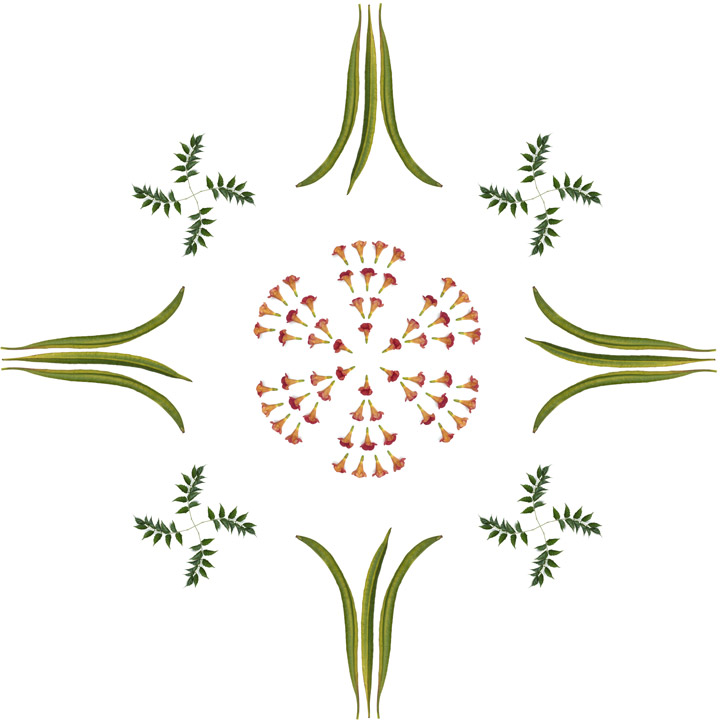 Campsis radicans trumpet vine or trumpet creeper, also known in North America as cow itch vine or hummingbird vine, is a species of flowering plant of the family Bignoniaceae, native to the eastern United States and naturalized in parts of the western United States as well as in Ontario, parts of Europe, and scattered locations in Latin America.Growing to 10 m (33 ft), it is a vigorous, deciduous woody vine, notable for its showy trumpet-shaped flowers. It inhabits woodlands and riverbanks, and is also a popular garden subject. Source Wikipedia Finding unusual plants makes my day. This one is stange...the image below is the pollen covered stamens taken out of a flower plucked from a large tree. The tree is called the Devil's, monkey's or Mexican hand tree or the hand-flower in English Source Wikipedia
This tree know many names including: Peruvian pepper (Schinus molle, also known as American pepper, Peruvian peppertree, escobilla, false pepper, molle del Peru, pepper tree,peppercorn tree, Californian pepper tree, pirul and Peruvian mastic (source Wikipedia)
Botanical Design with a Twist Wisteria Facts of InterestWisteria vines climb by twining their stems either clockwise or counterclockwise. The world's largest known Wisteria vine is in Sierra Madre, California, measuring more than 1 acre (0.40 ha) in size and weighing 250 tons. Planted in 1894, it is of the Chinese lavender variety. The seeds are poisonous. -Source Wikipedia
Don't judge each day by the harvest you reap but by the seeds that you plant. Robert Louis Stevenson
Raw Material, seeds still attached to pod Green Pod Designs These pods and seed grouping are made from the Australian Blackwood Tree, acacia melanoxylon. Indigenous Australians derive an analgesic from the tree. I derive an analgesic too, designing with these pods makes me happy! It is valued commercially for its highly decorative timber which may be used as a cabinet timber, for musical instruments or in boat building. More on Wikipedia... Brown Pod PatternIf you missed the opportunity to attend our open studio, here is a slice of the night time magic. Here are some daytime photos.
|

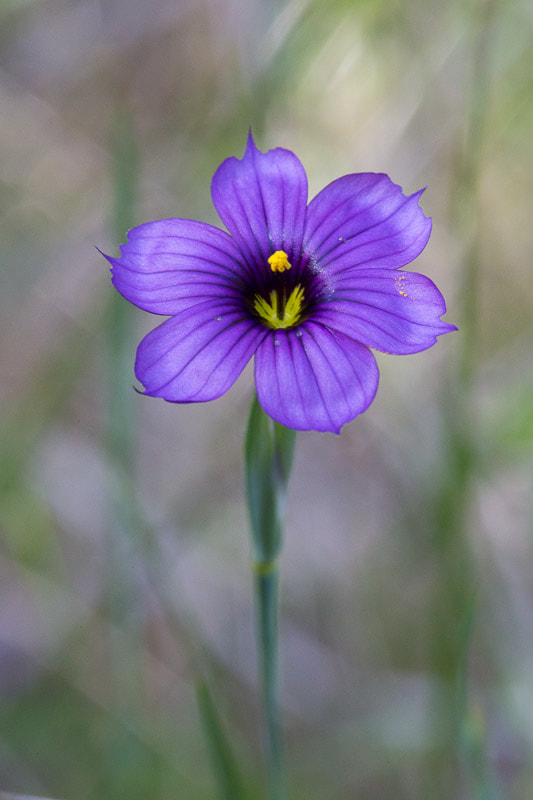
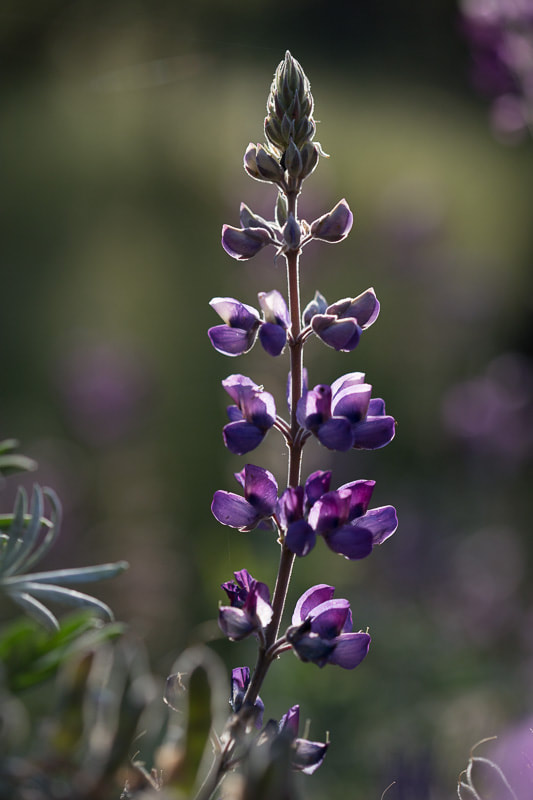
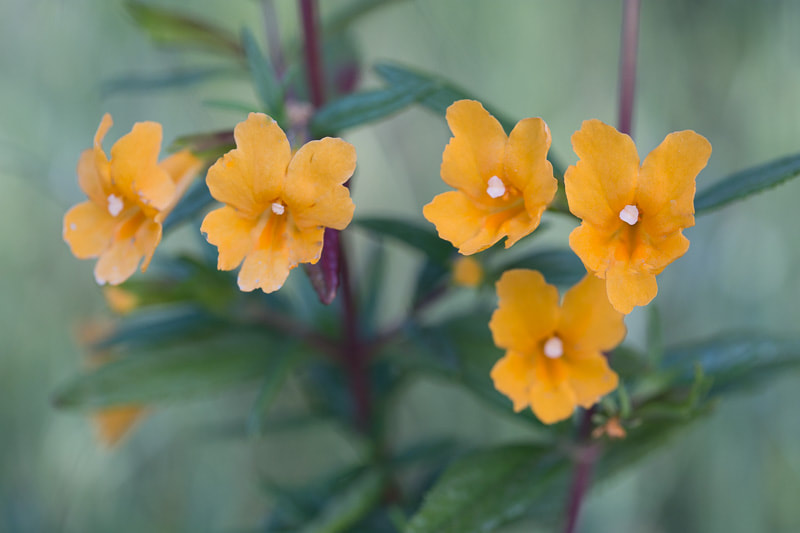
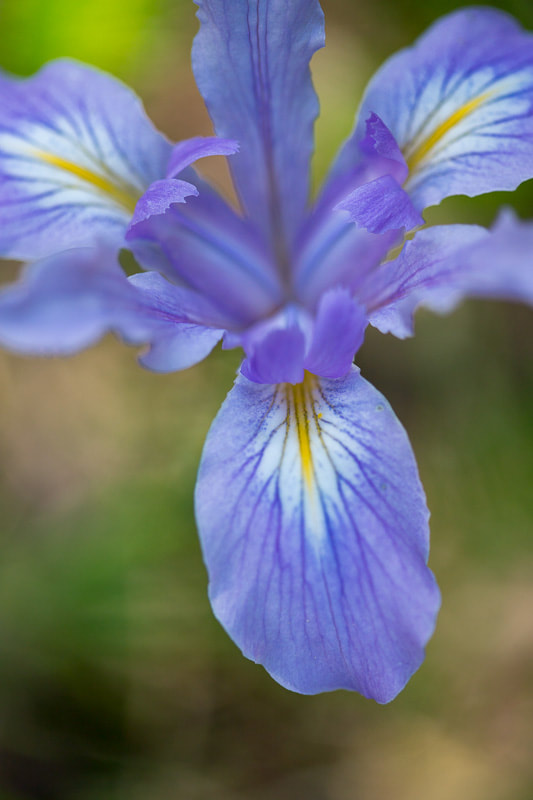
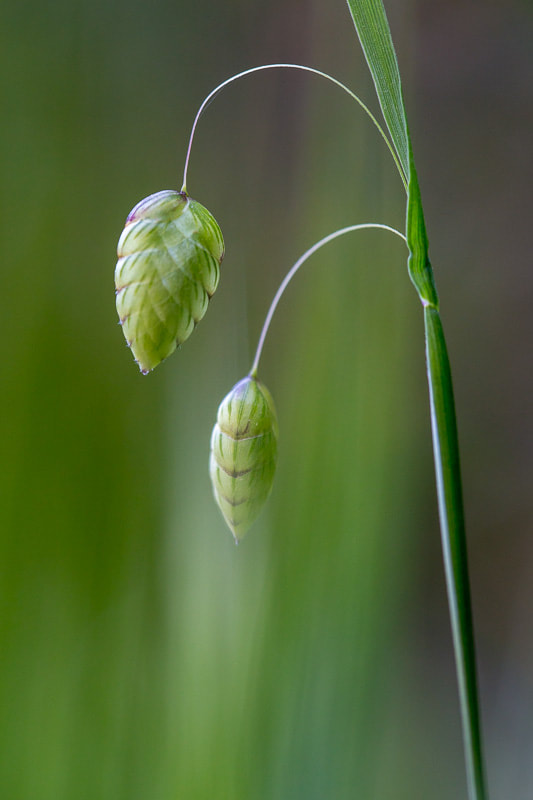
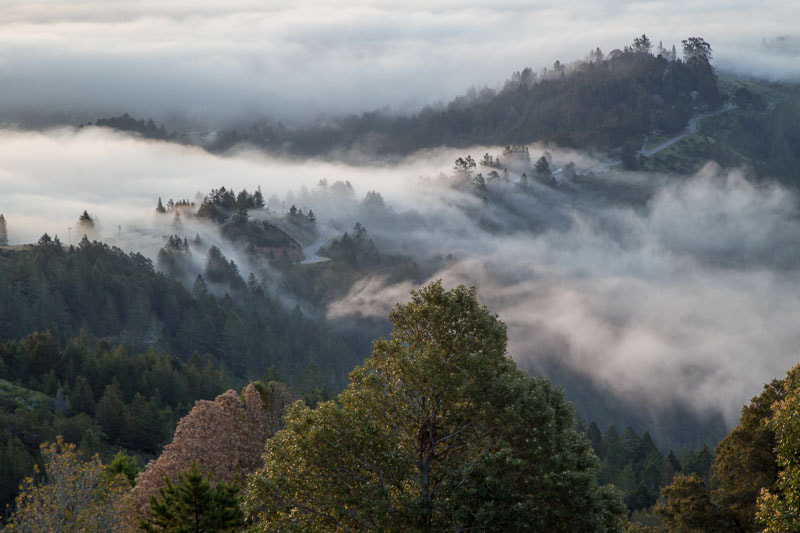
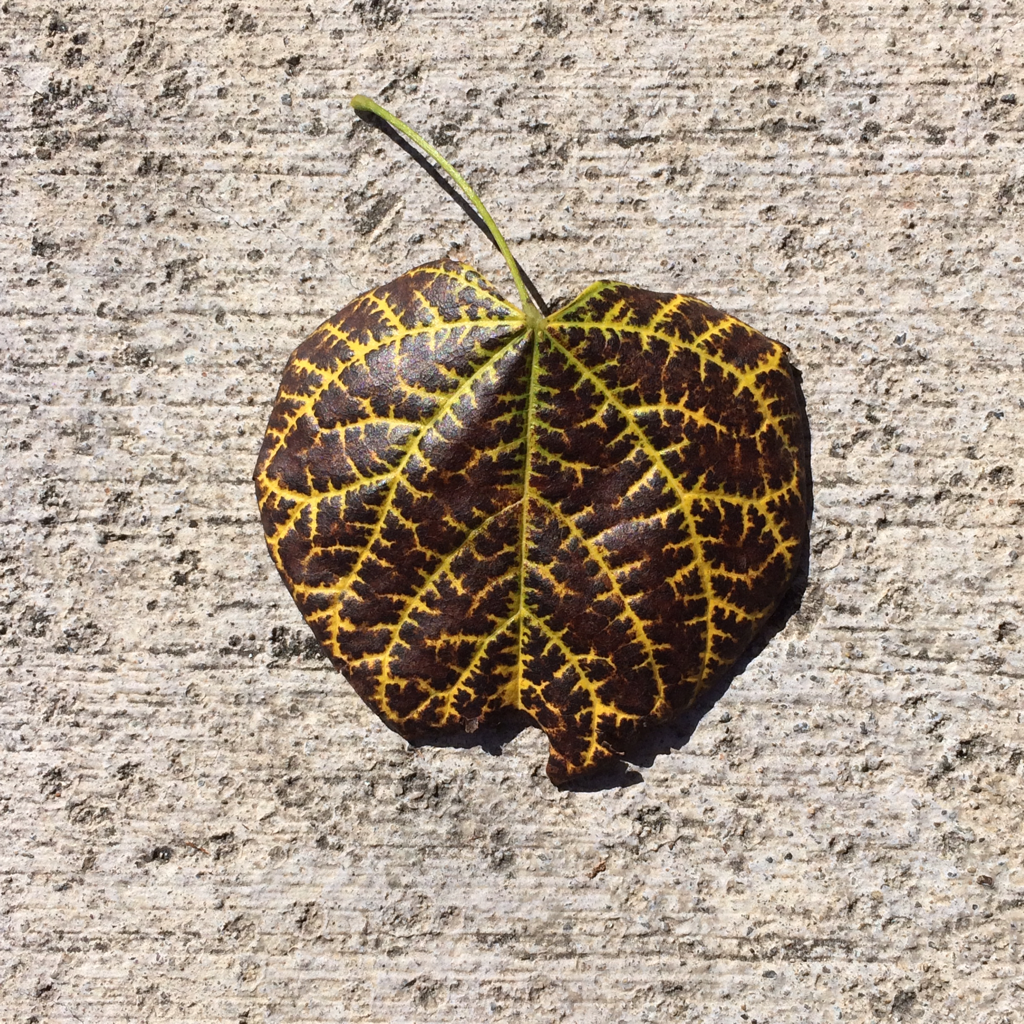
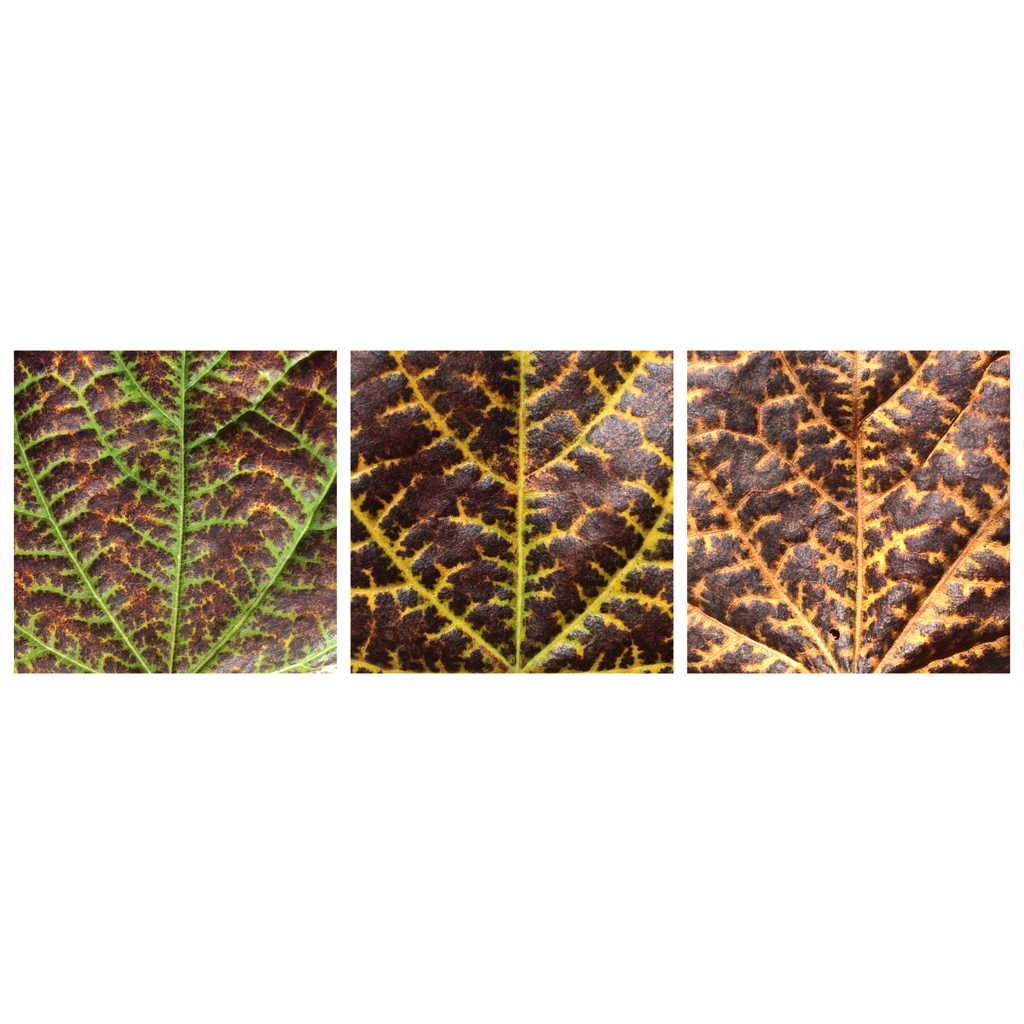
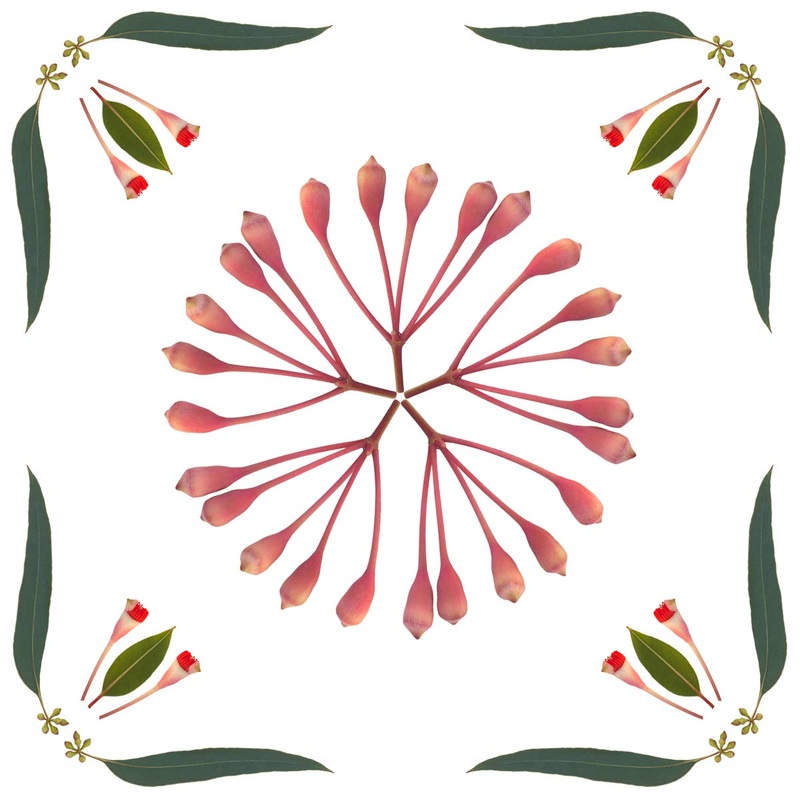
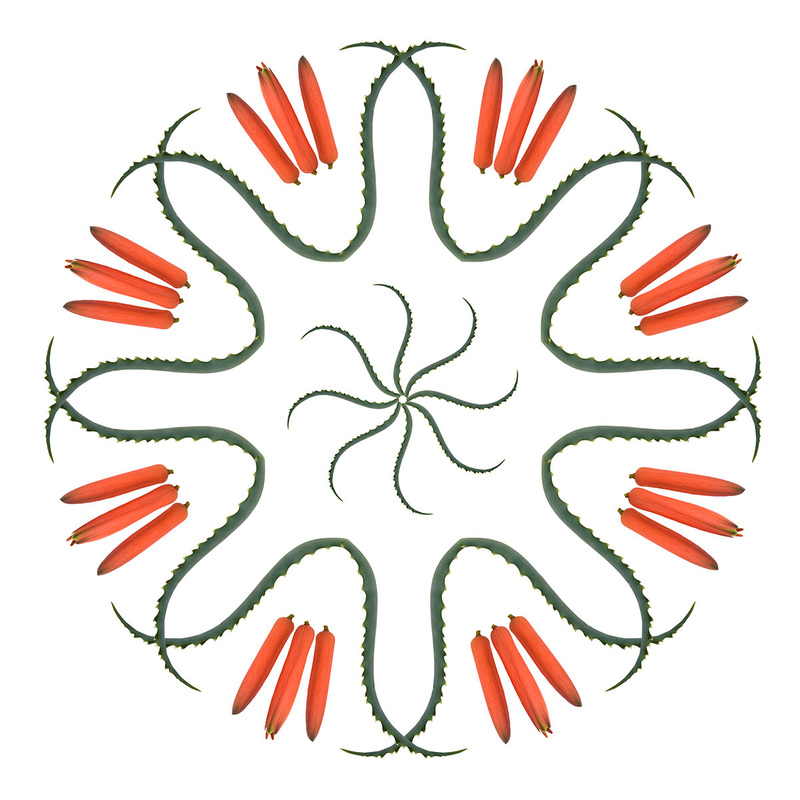
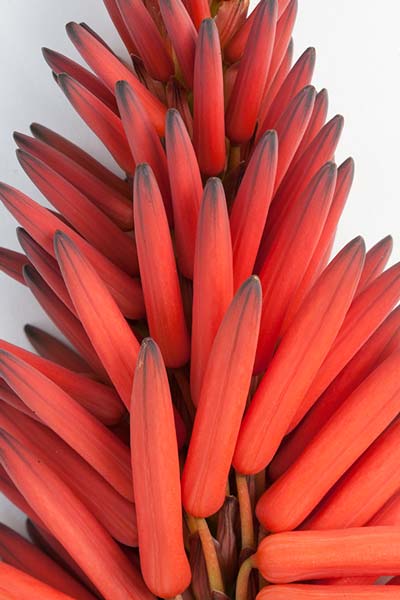
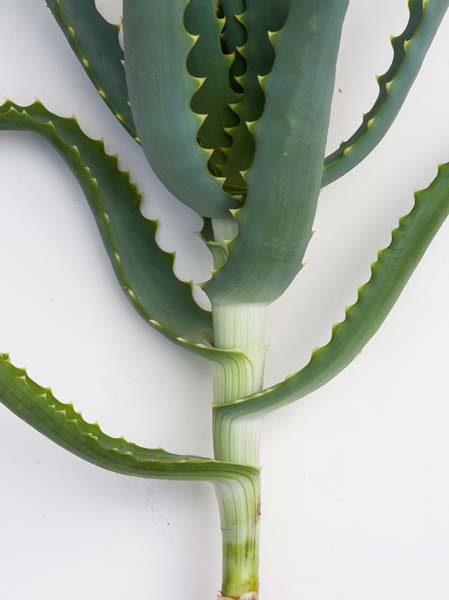
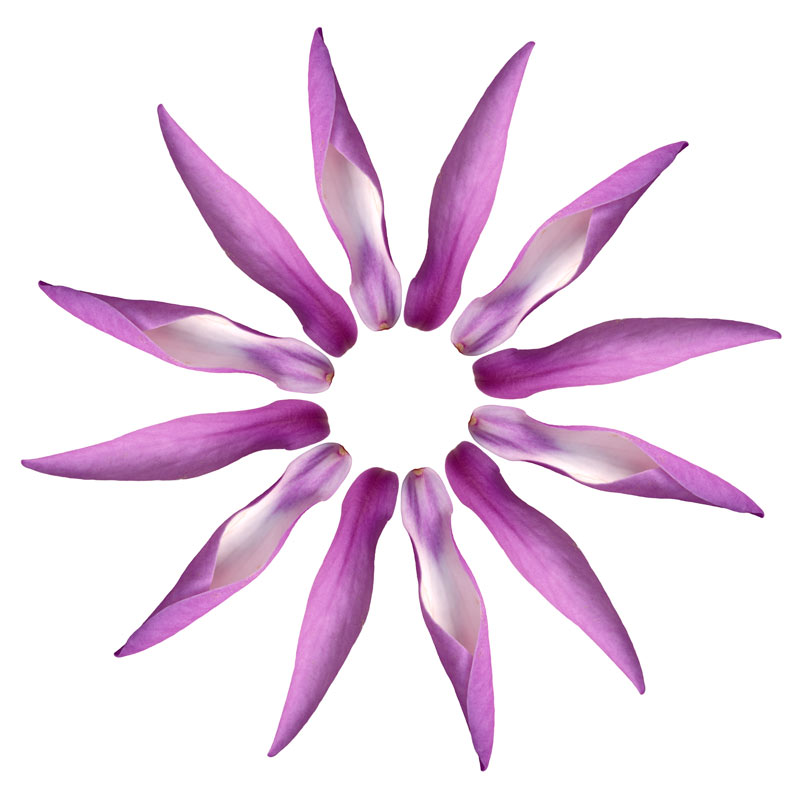
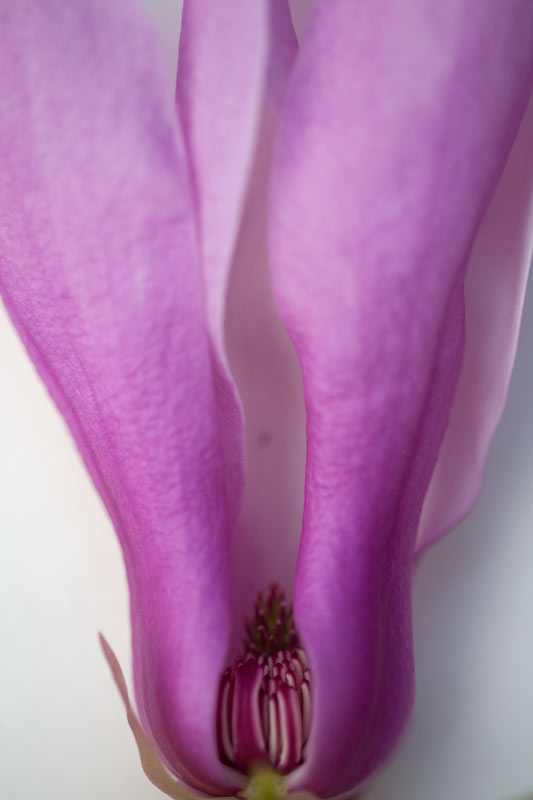
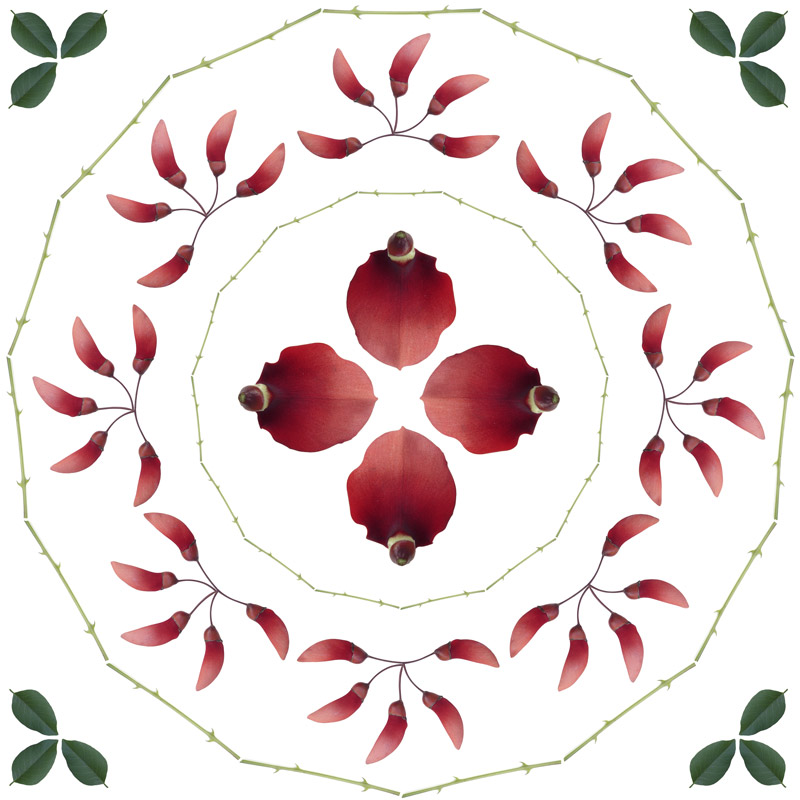
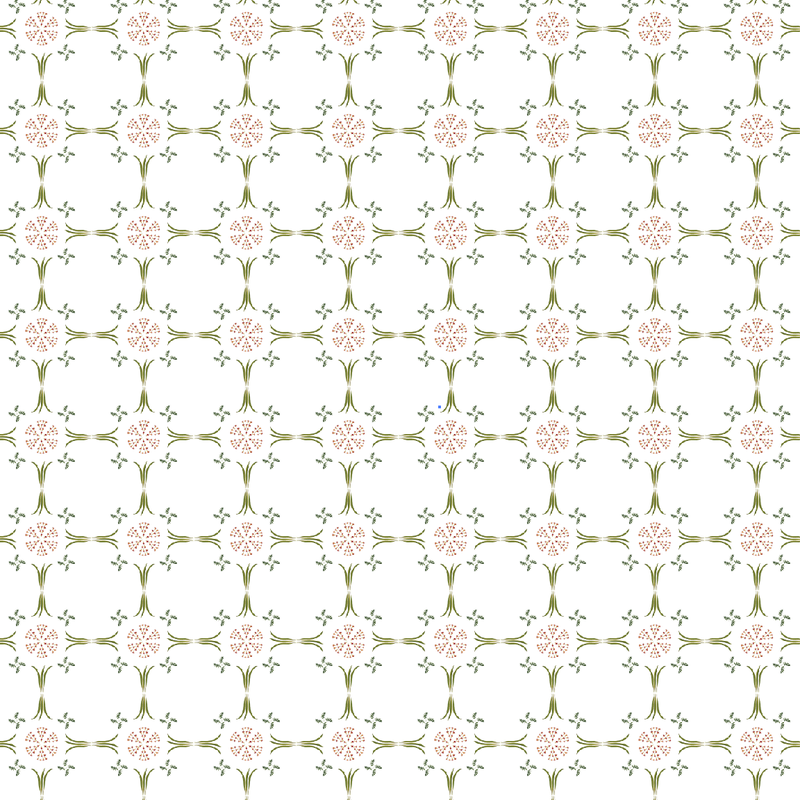
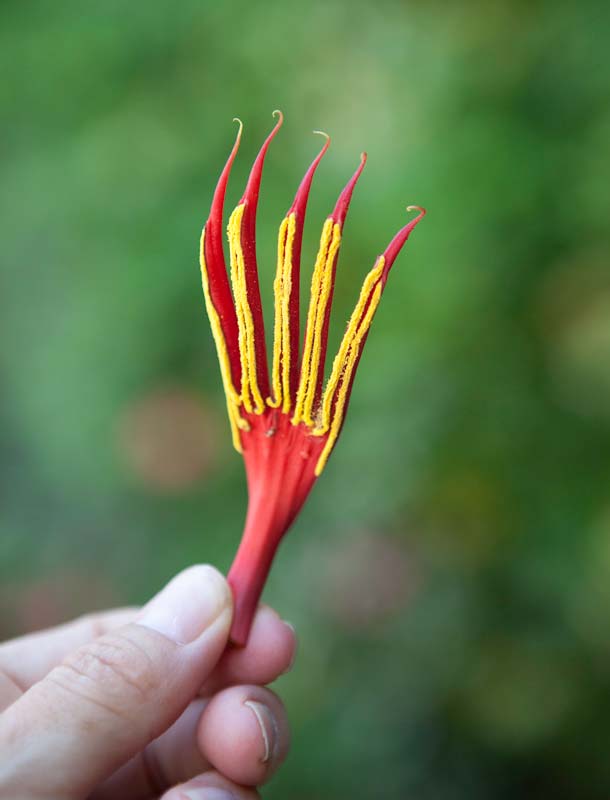
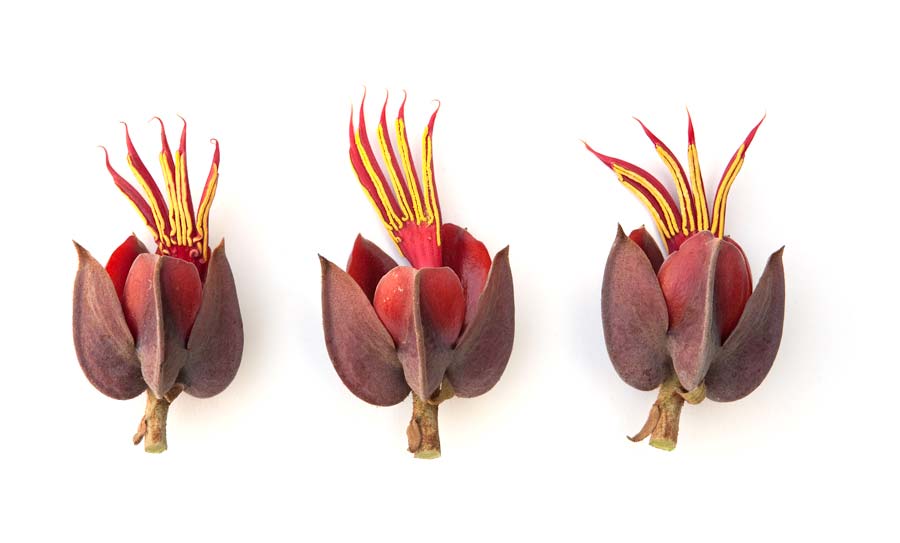
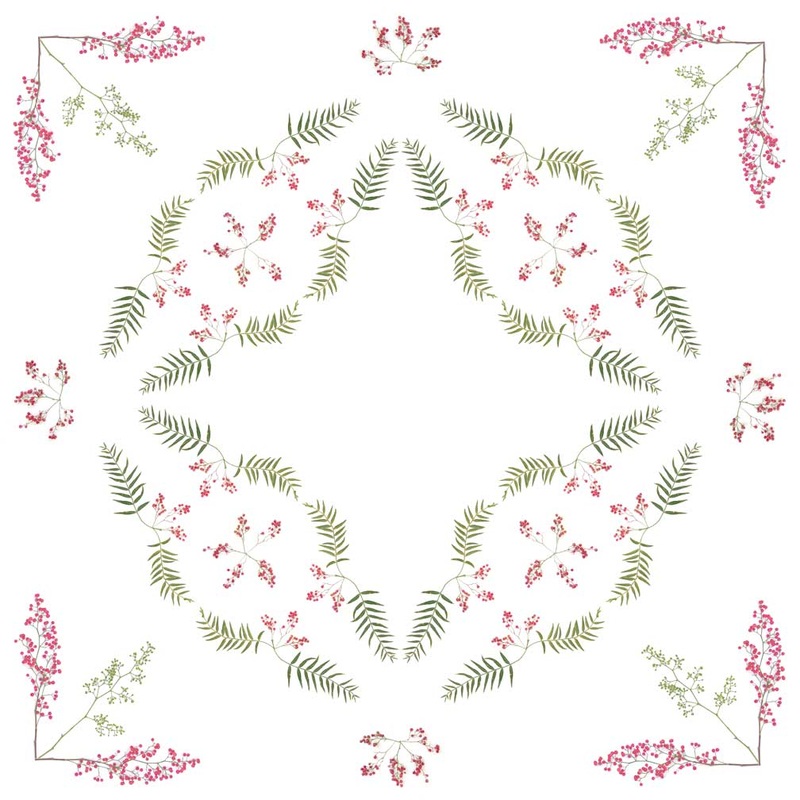
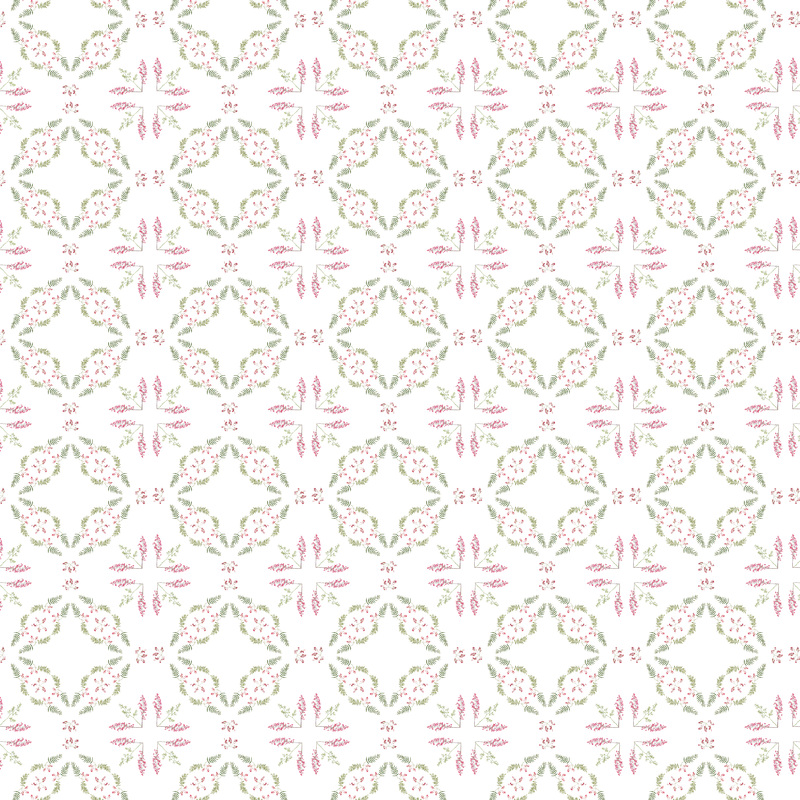
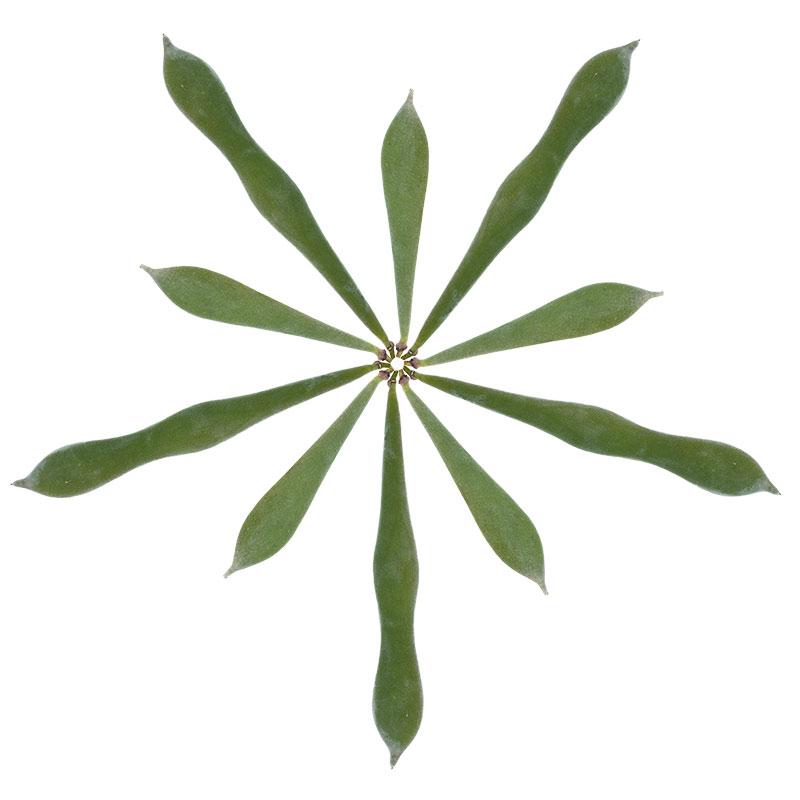
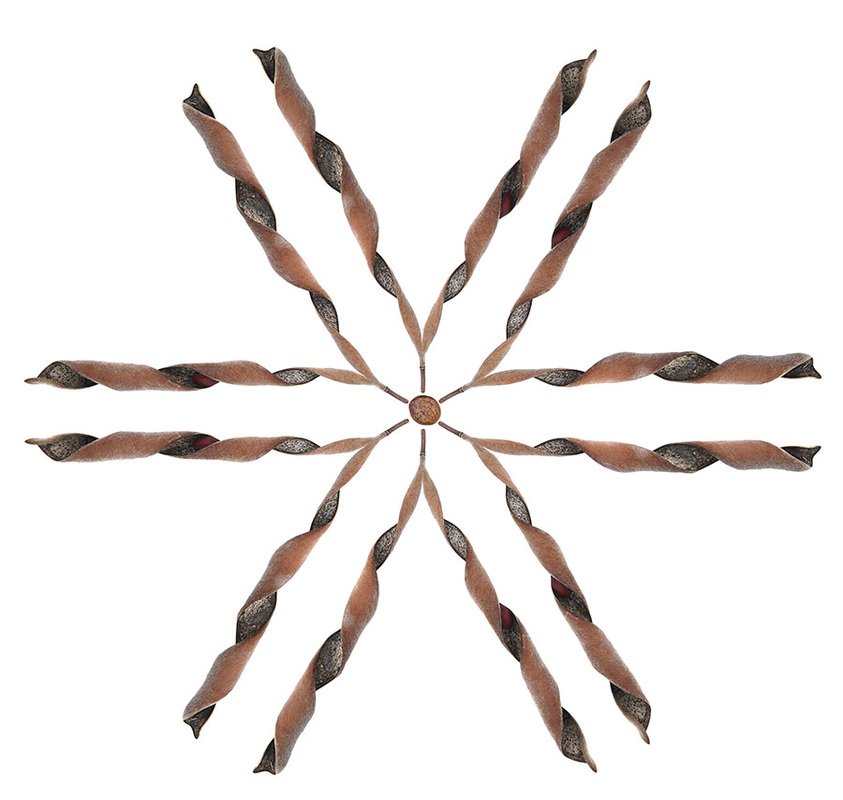
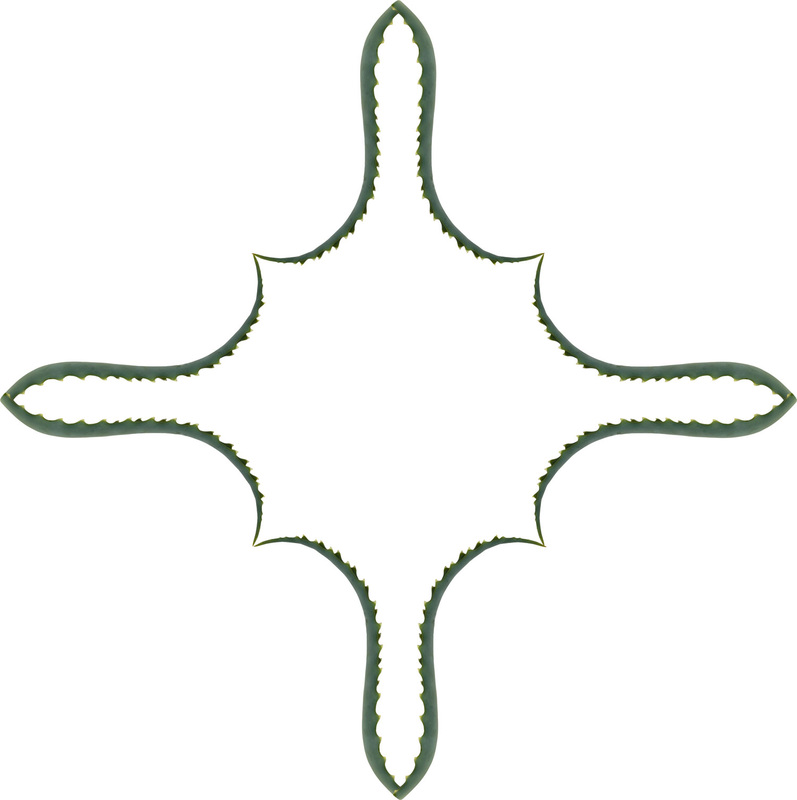
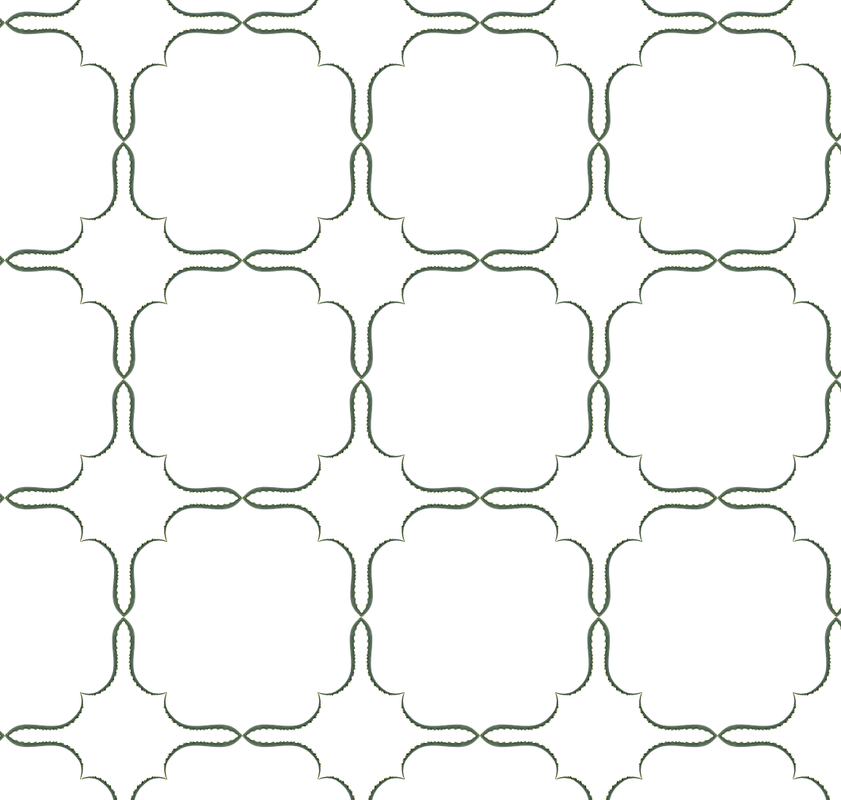
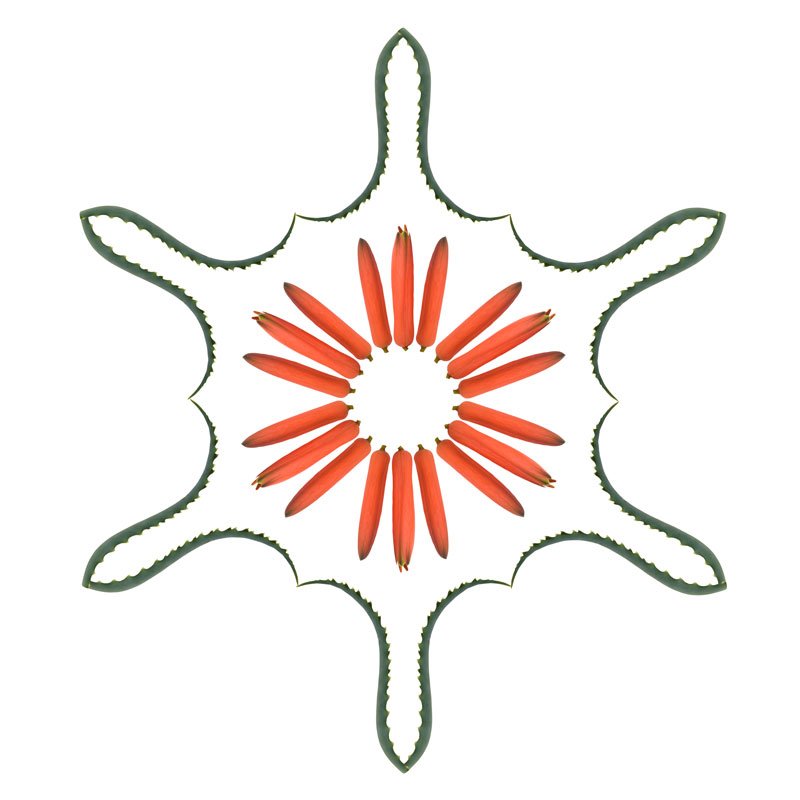
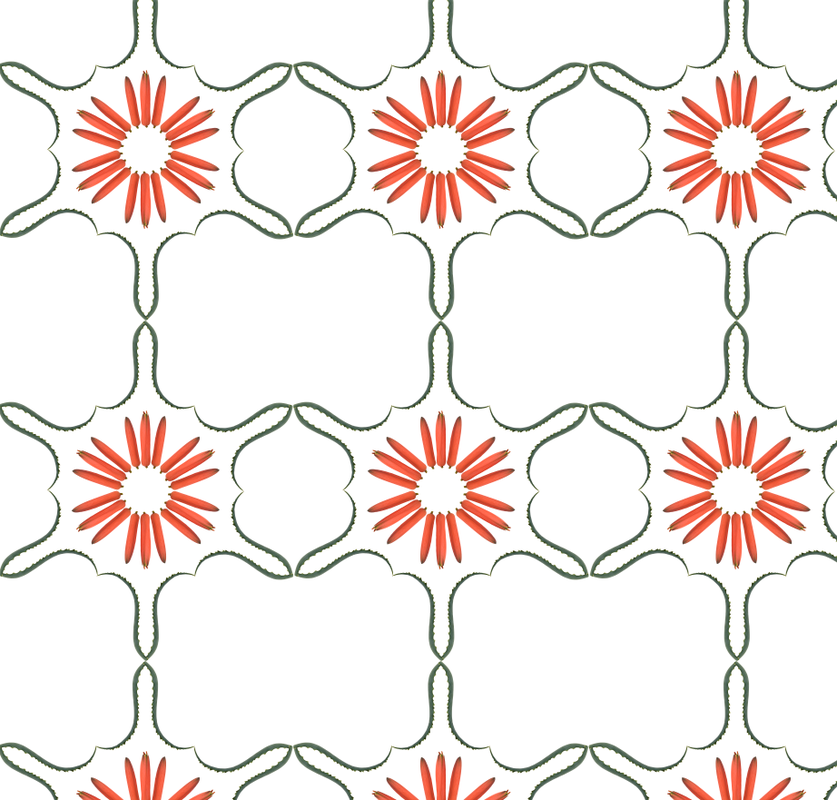

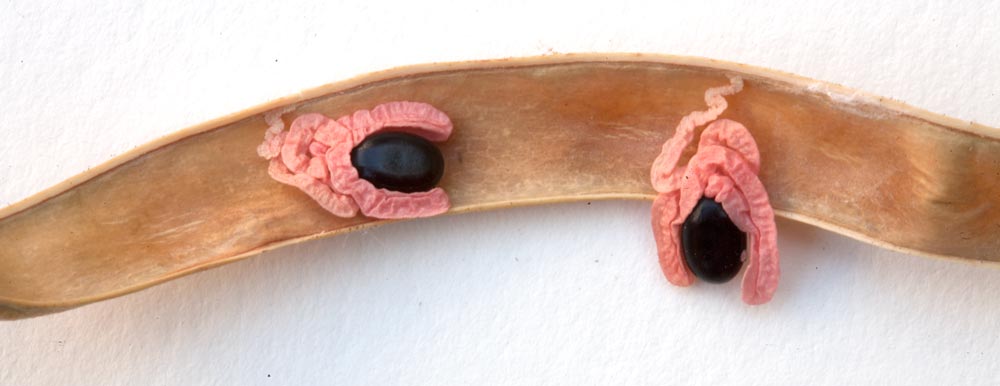
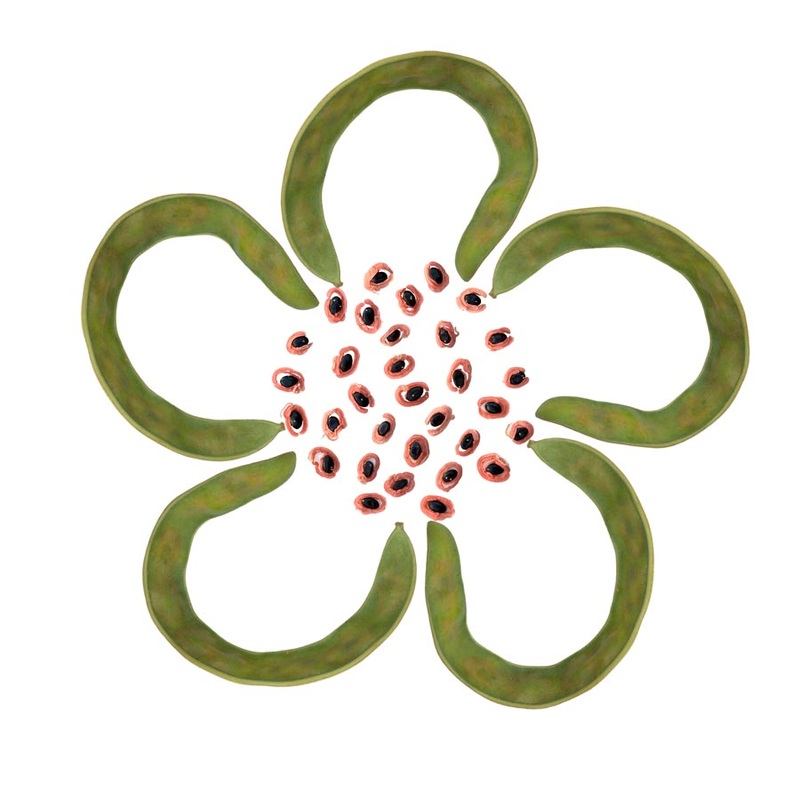
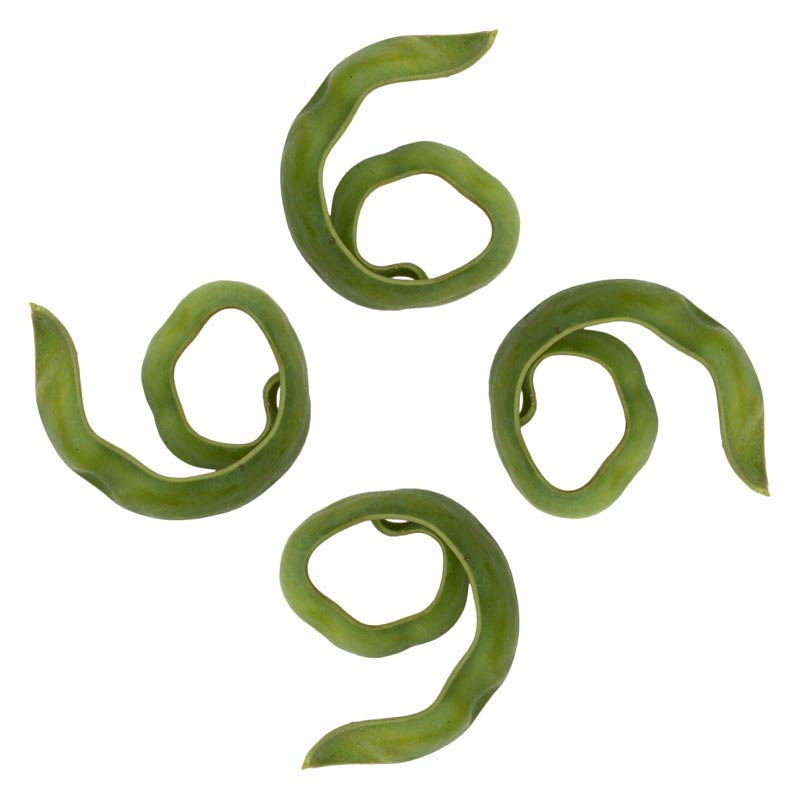
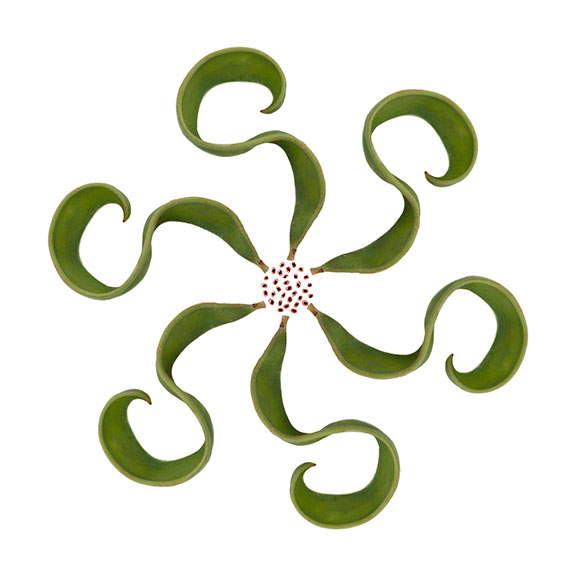


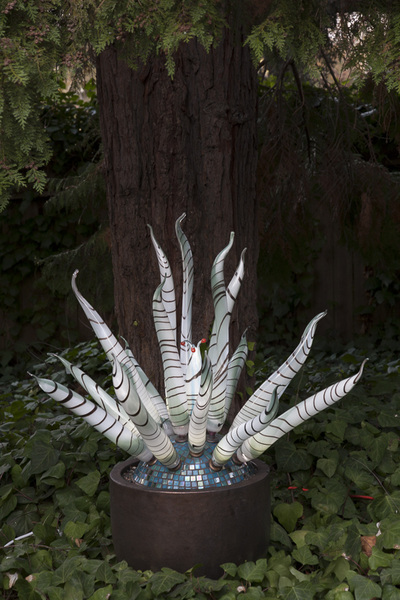
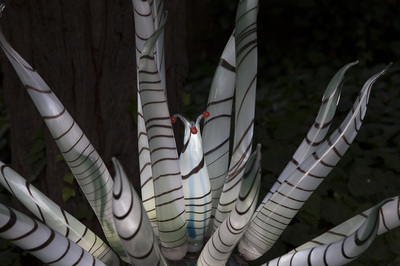
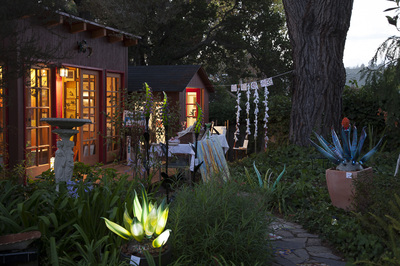
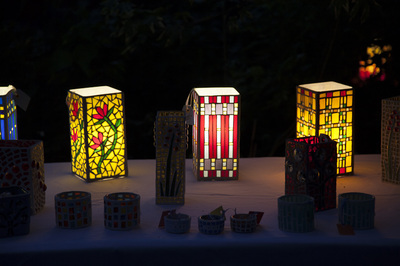
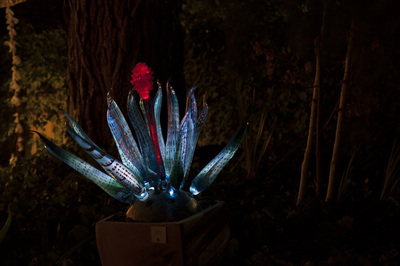
 RSS Feed
RSS Feed